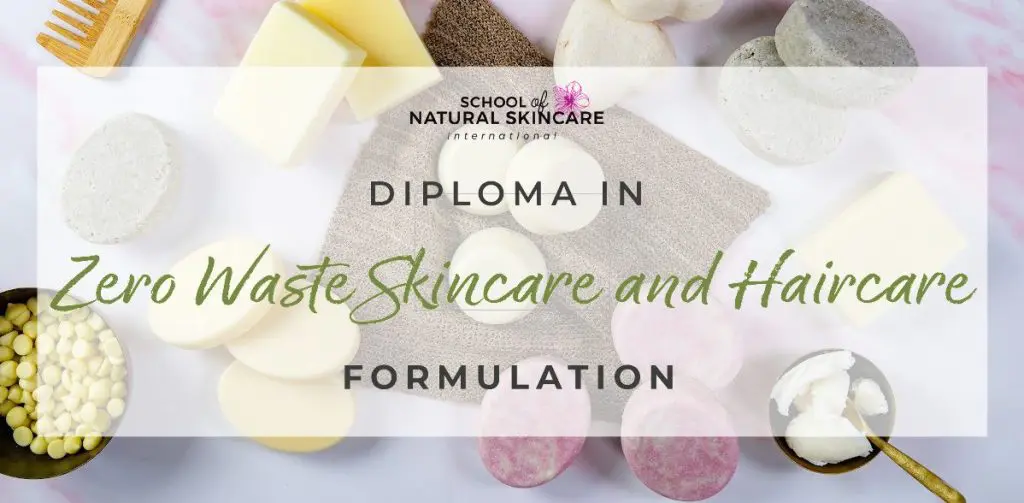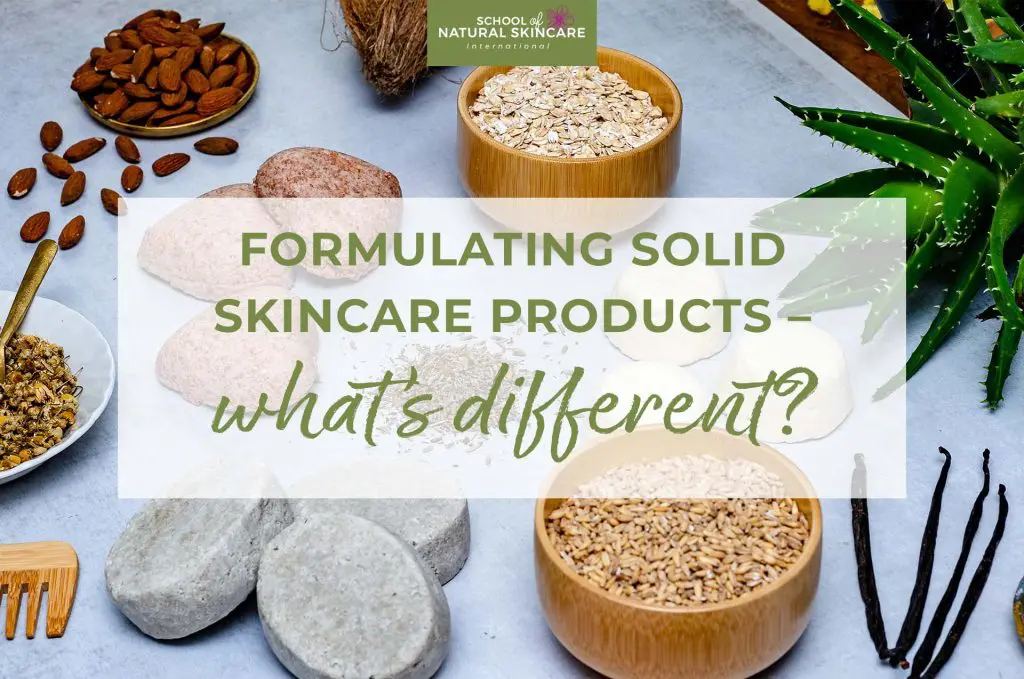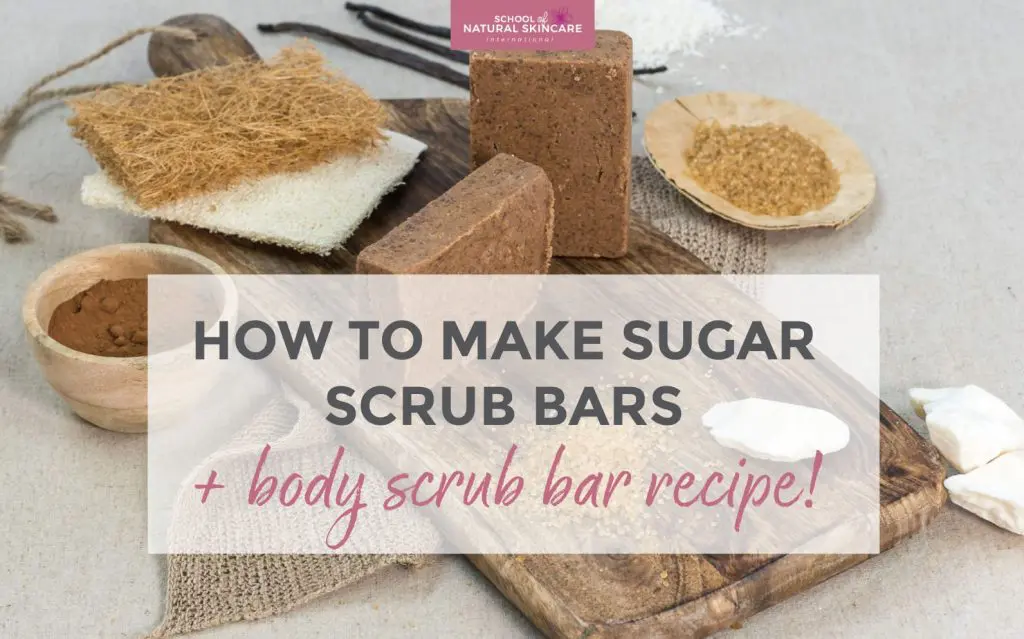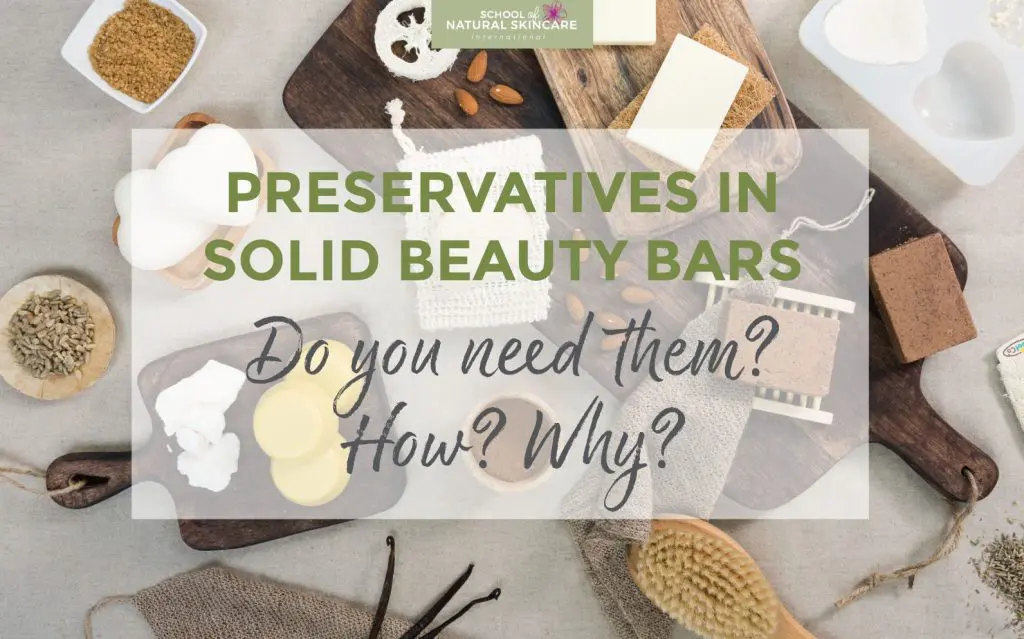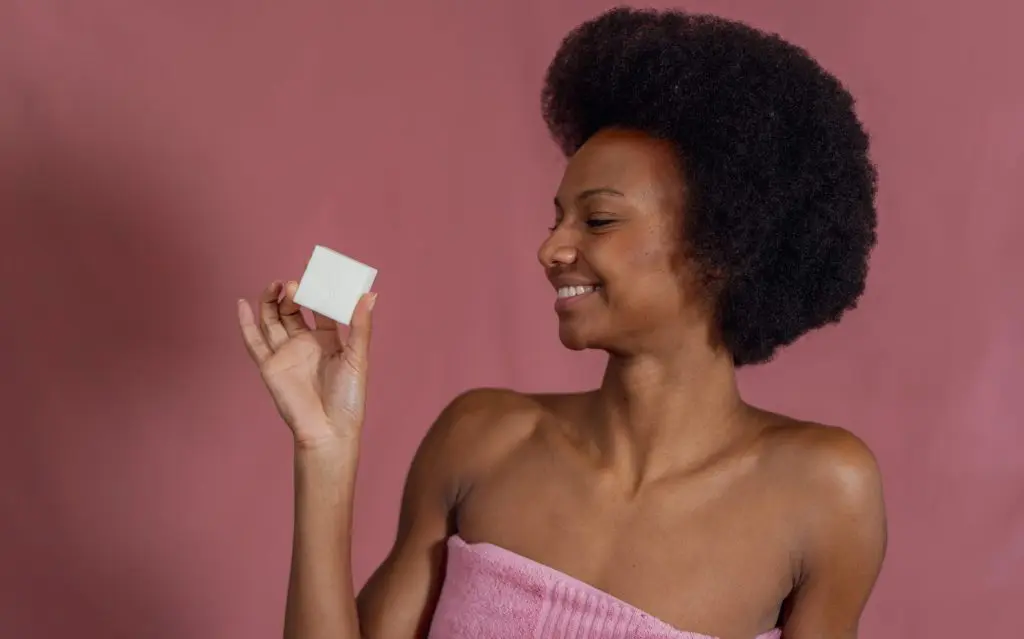Solid skincare products look and feel very different to ‘regular’ skincare products. Rather than being pumped from a bottle, sprayed from a nozzle or dripped from a pipette, solid products are all solid, and mostly in a bar format.
So you may be wondering what the differences are between solid products and their regular liquid, cream or fluid counterparts.
- Does solid skincare work?
- How is a solid format achieved?
- How are the formulas different?
- Do they contain different ingredients?
Let’s delve into 13 differences between solid skincare products and regular skincare products.
But before we do, let’s reassure you about one thing.
Solid skincare works in pretty much the same way as regular skincare
Before we explore the differences, let’s look at the main similarity. Solid beauty products work in pretty much the same way as regular products, and yes a properly formulated product will be as effective!
A solid shampoo cleanses the hair and scalp in the same way a liquid shampoo does by using surfactants to clean away sebum and dirt.
A solid exfoliating bar will use exfoliating particles to buff away dead skin cells leaving the skin soft and smooth.
The oils and emulsifier in a makeup remover bar melt away makeup, sunscreen and other oil soluble impurities from the skin.
A facial cleansing bar creates a soft foam and gently removes impurities and excess sebum from the skin.
A solid deodorant prevents body odor by containing deodorizing ingredients that are antimicrobial, absorbent or a combination of both.
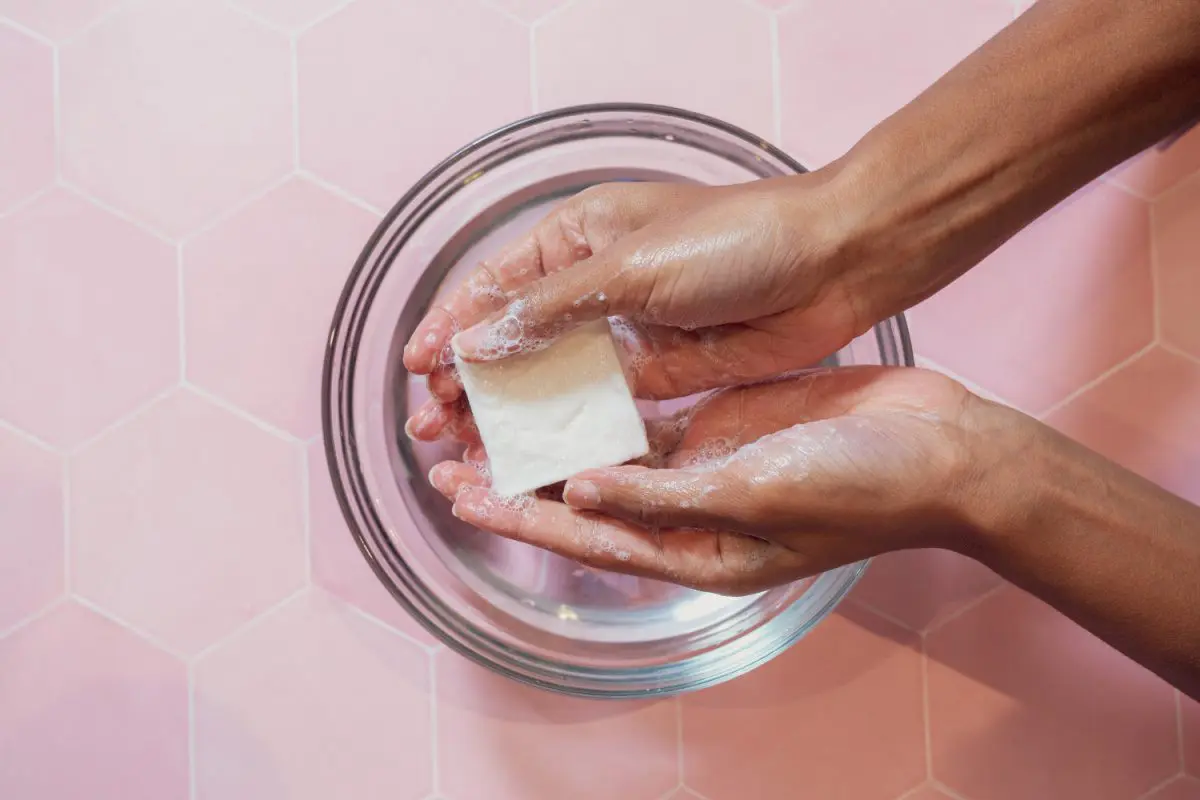
13 differences between solid skincare products and regular skincare products
So now we’ve established that solid products work in a very similar way. Let’s look at how they are different.
1. They are packaging-free solid bars
Let’s start with the most obvious difference! Whereas regular cosmetics come in a range of viscosities – for example liquid like a toner, fluid like a lotion or semi-solid like a balm, packaged in various bottles and jars – solid skincare products are solid and packaging-free!
Whether it’s a shampoo bar, cleansing bar, body scrub bar or bath bomb, solid skincare will be in a solid format. The solid format means they are much better for the environment and can be considered zero waste.
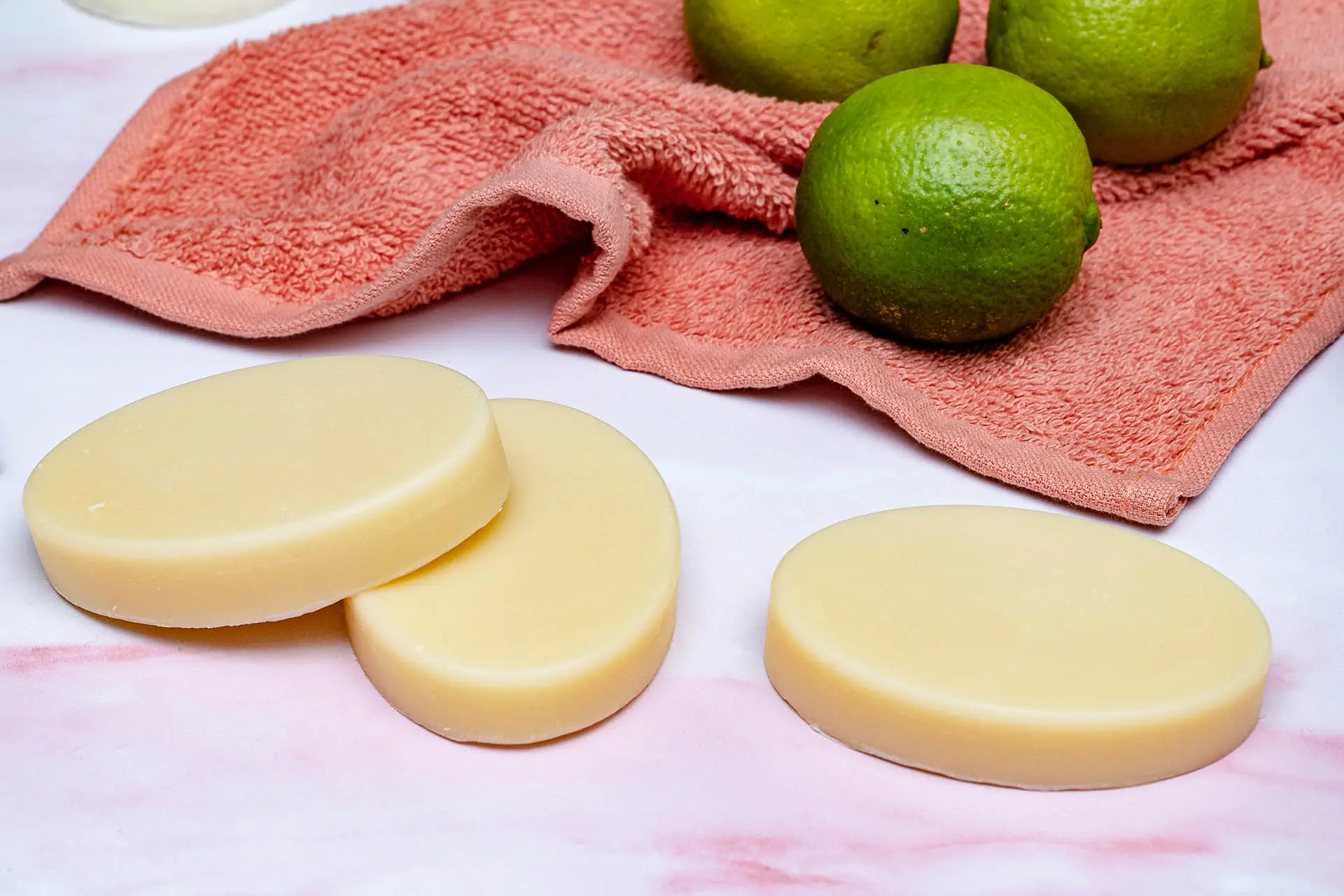
2. Some remain bars, some change on application
Many bars will remain bars during use, even if they are used in water. A shampoo bar, body wash bar or lotion bar will remain in a bar format during and in between uses.
Other types of solid skincare will change texture or dissolve completely during use. Clay-based cleansing bars become a paste when mixed with water and applied to the skin, bath and shower bombs dissolve, bath melts melt entirely and turn into oil, bubble bars will crumble and turn into foam.
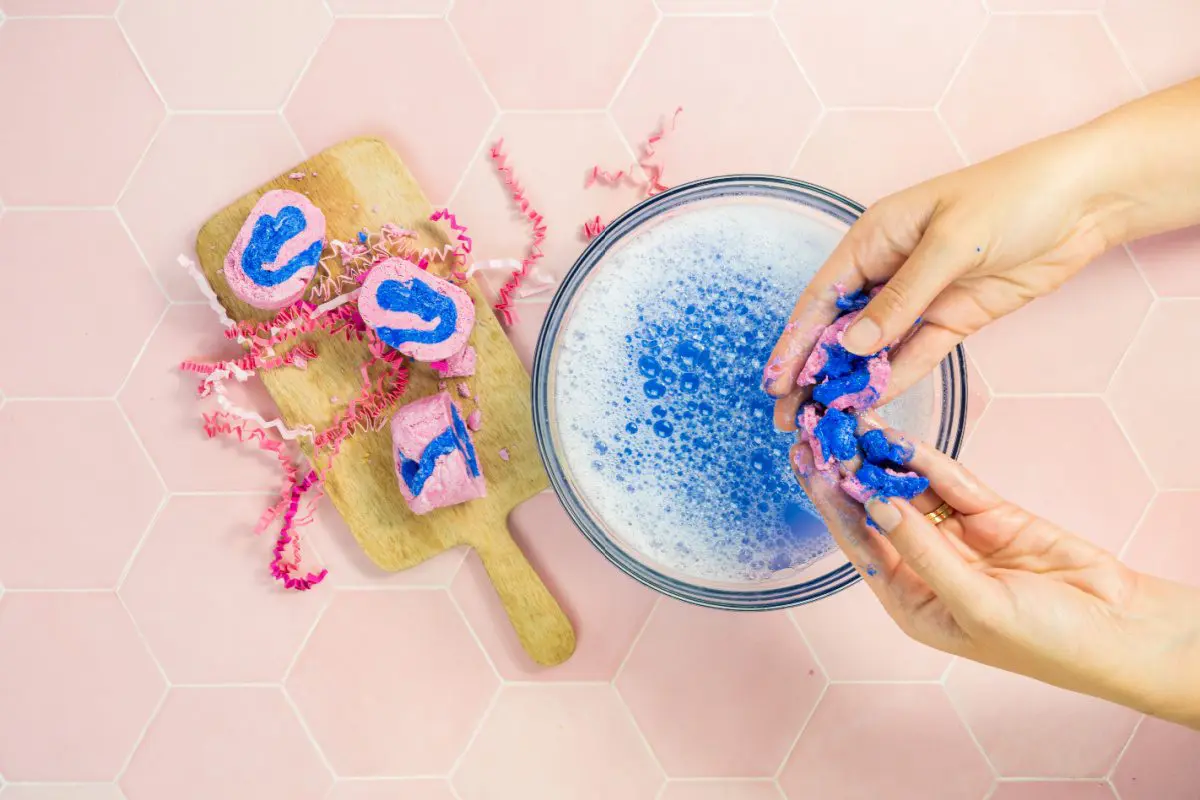
3. Solid skincare doesn’t contain water
Whereas many regular cosmetics (lotions, toners, face wash, etc) contain water, the vast majority of solid skincare products do not contain water. Those that do, contain only a very small amount of water.
Water gives water-based or emulsion-based products their fluid consistency. Water is typically the ‘solvent’ in skincare products; other water soluble ingredients in the formula are dissolved in it. A body lotion, for example, will typically contain around 80% water.
In order to create a solid bar format, water is removed from a solid skincare formula.
For example, a solid lotion bar contains 0% water. Instead, it contains a higher percentage of nourishing oils and butters.
4. Solid ingredients are the star!
As you might imagine in a solid skincare product, solid ingredients are the star. In order to achieve and maintain a solid format, many solid ingredients are used and there are lots to choose from.
In oil-based products like solid facial serum, makeup remover bars and massage bars, butters, waxes and fatty alcohols are used to both give the product its properties (moisturizing, nourishing, softening) and to create a solid format.
In surfactant-based bars like body wash bars, facial cleansing bars and shampoo bars, solid surfactants are very important. Solid surfactants come as powders, prill or pellets and they both make the product function as a cleansing product and give the product its solid form.
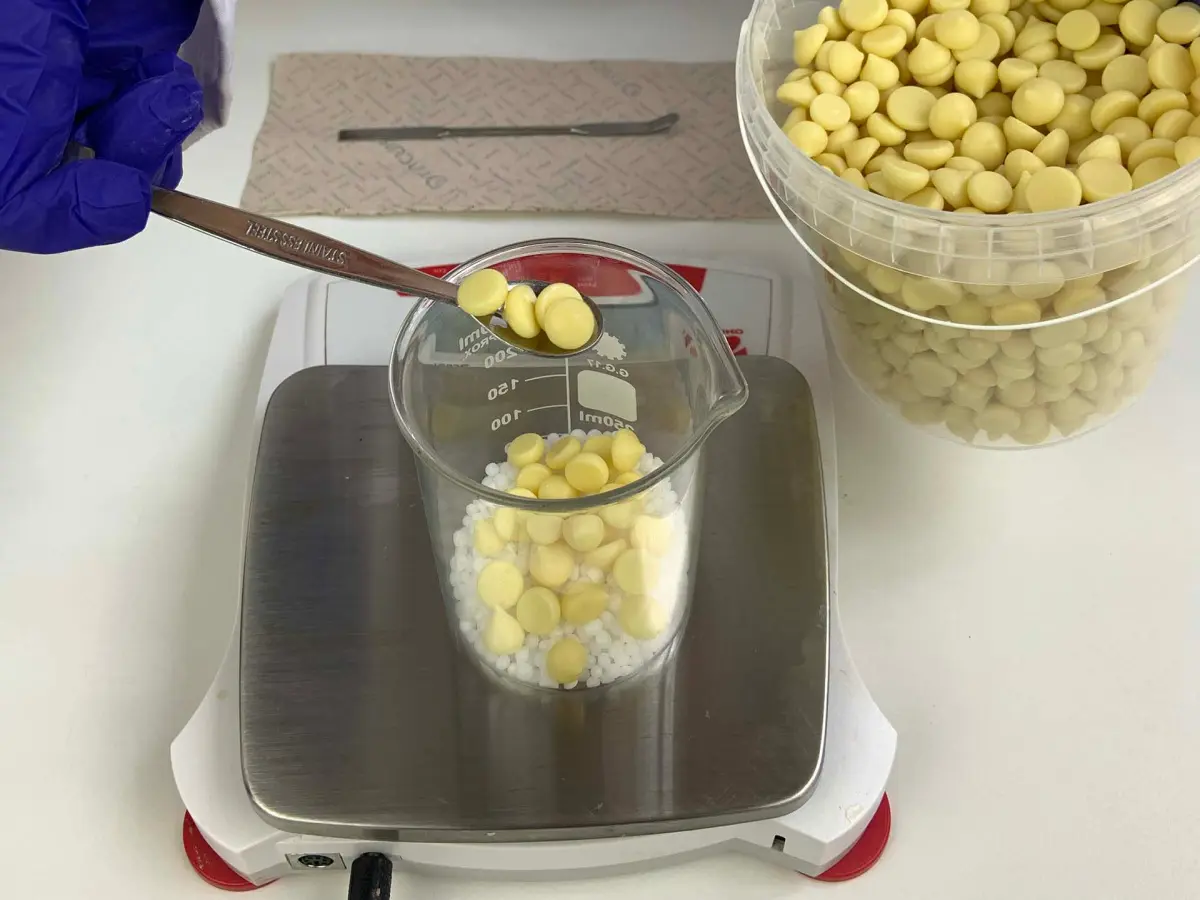
5. Thickeners are important
Thickeners are important to thicken and stabilizer a solid formula. Many solid ingredients function as thickeners too, so their role in a formula might be two-fold, such as using cocoa butter for both its emollient and thickening properties.
At other times additional ingredients might be used primarily for their thickening and stabilizing properties, for example beeswax.
How to thicken and stabilize your product will be a key consideration when formulating solid beauty products.
6. Liquid ingredients can be used too, but only in low percentage
Solid ingredients are the star but there is also a place for liquid ingredients! In regular cosmetics you’ll likely use a lot of liquid ingredients (oil, water, hydrosols, extracts). In solid products you can only use a small percentage of liquid ingredients.
Liquid surfactants, carrier oils, essential oils, humectants, liquid extracts, etc can still be used. The exact amount will vary depending on the product type and the other ingredients you are using, but overall you can expect to use much less.
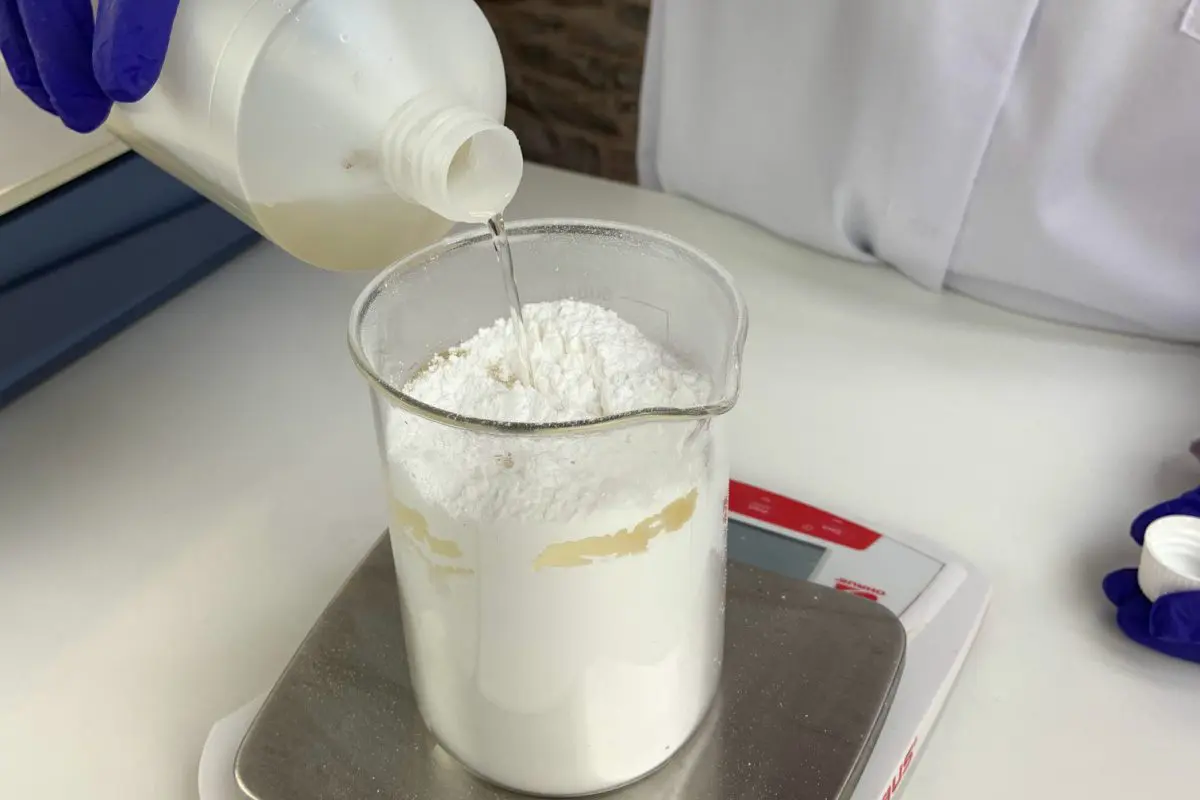
7. Concentrated and long lasting
Following on from points 3, 4, 5 and 6, all these factors mean that solid skincare products are more concentrated and typically longer lasting than their liquid equivalents.
By removing water from a shampoo, for example, you are left with a shampoo concentrate.
By removing water from a lotion you are left with a much more concentrated and nourishing product, that only needs to be used sparingly and therefore lasts much longer.
8. Some usual rules of formulating can be broken
Solid beauty products will appeal to your inner rule-breaker!
If you have experience formulating regular skincare and haircare products, then you’ll be interested to know that some rules are broken when it comes to solid products.
Combining cationic and anionic ingredients in most cases doesn’t work well, but it is a complex topic and this rule has a few exceptions – solid shampoo bars are one of them.
In water-based surfactant products like body washes and shampoo, oils and other emollients don’t work well in the formula. Rather than adding moisturizing properties, they stop the surfactants working properly, meaning you don’t get the cleansing, foaming product that you want. In solid surfactant-based products (shampoo bars, body wash bars, facial cleansing bars), a certain amount of nourishing emollients (such as carrier oils, butter or fatty alcohol) can be added to the formula to make them more gentle and you will still get lather and foam!
When formulating regular beauty products, typically preservatives are not added to anhydrous products as there is simply no need. On the other hand we usually do include preservatives in solid anhydrous products that will be used in water to protect them from microbial growth.

9. The manufacturing process is simpler (no emulsification required)
The beauty of solid beauty products is that they are easy to make. There are no complicated processes to follow; for example you don’t need to worry about emulsification like you do with creams and lotions, or solubilizing essential oils into water-based solutions.
For most products the ingredients simply need mixing or melting and pouring into molds or shaping into bars. Easy! This means they are perfect for people new to skincare formulation or those who want to keep things simple.
This also means that you don’t need as much equipment. An immersion (stick) blender or homogenizer is not required. Instead a set of basic equipment will suffice – weighing scales, beakers, spatulas.
10. Reusable silicone molds are your friend
Regular beauty products come packaged in a variety of bottles and jars which need to be recycled or disposed of after use.
Solid skincare doesn’t require any packaging but in order to make nicely shaped, consistent bars, silicone molds are your friend.
A wide variety of shapes and sizes are available. Keep it sophisticated and simple with squares and ovals or have fun with star shapes and holiday-themed molds.
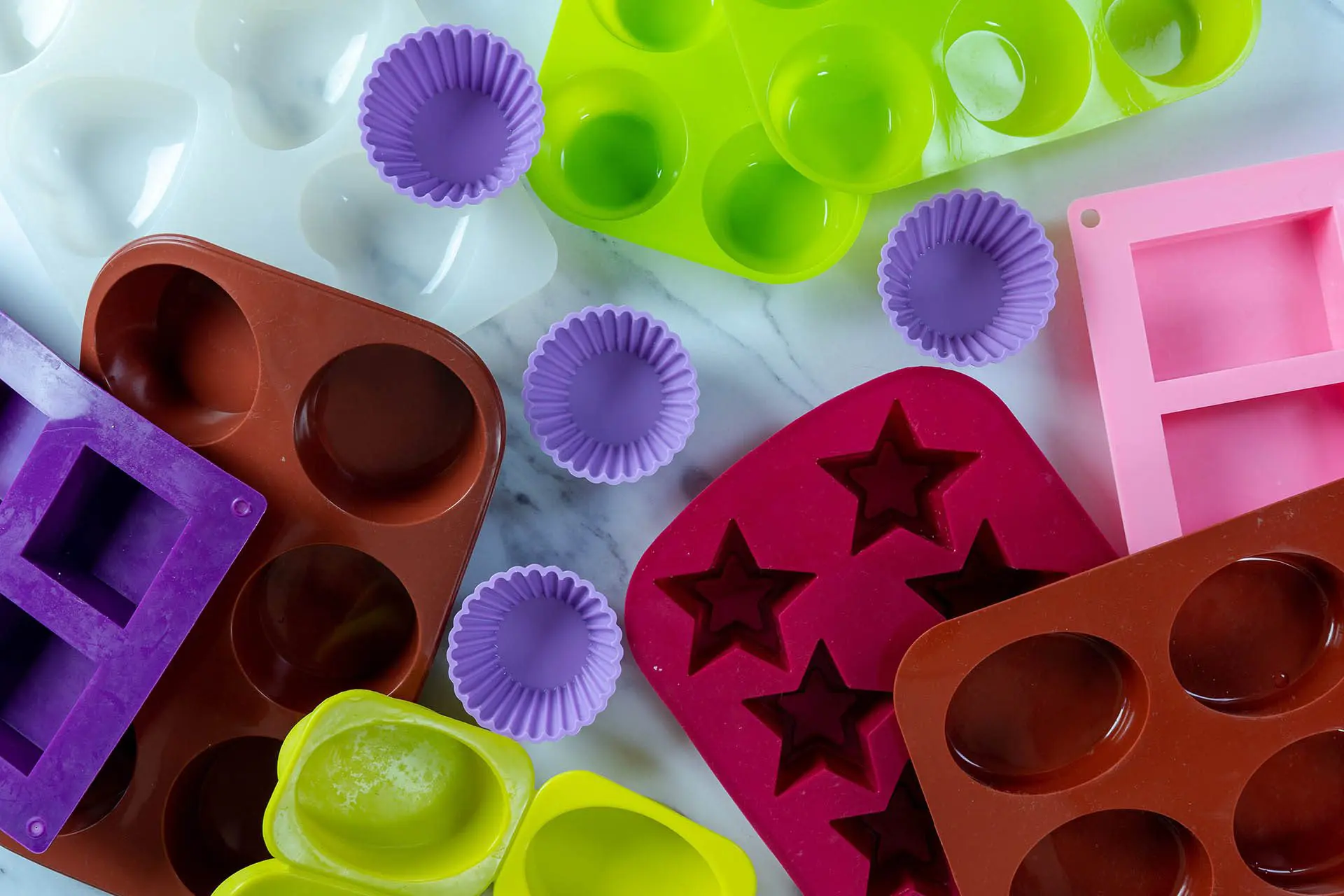
11. Need time to solidify, harden or dry
Solid skincare and haircare bars need time to solidify, harden or dry. Usually a couple of hours in the refrigerator is enough, but some may need to air dry for a couple of days.
12. No PET testing required
Preservative efficacy testing is incredibly important for beauty products that are being sold to consumers.
However, solid, anhydrous (waterless) cosmetics don’t require microbiological testing – also called Preservative Efficacy Testing (PET) – as this only needs to be carried out on products containing water.
As most solid skincare and haircare products don’t contain water then they dont require this testing, making them much less expensive to bring to market.
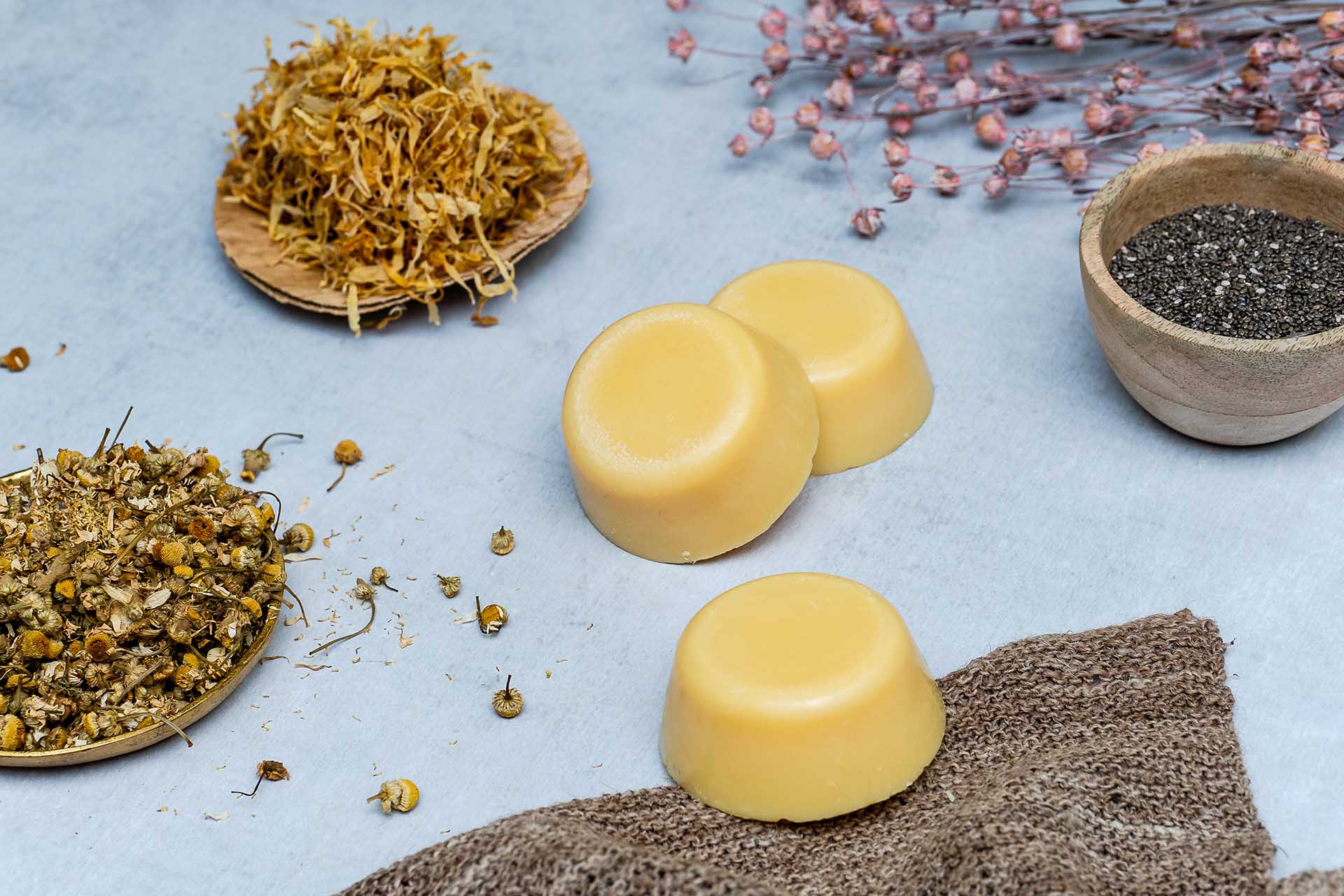
13. Testing and adjusting pH is a bit trickier
When formulating cosmetics that contain water, it’s important to measure the pH of the product and adjust it if necessary. In regular products this is done easily by dipping a pH meter or pH strip into the product to get a reading.
But how can we test the pH of a solid product and is it even necessary?
Fortunately, it is only necessary to test and adjust the pH of solid skincare and haircare products that are surfactant-based. This is to ensure that they are a suitable pH for the skin or hair as well as ensuring the preservative remains effective.
In our Diploma in Zero Waste Skincare and Haircare Formulation you’ll learn two ways to measure the pH of solid products. Yes, it is a bit trickier but it is still possible (and important).
Formulate your own range of solid skincare and haircare products
We are so passionate about solid, zero waste beauty products that we have created an entire Diploma course to teach you how to formulate zero waste beauty products.
Our brand new online Diploma in Zero Waste Skincare and Haircare Formulation teaches you to formulate a wide range of solid, package-free products including solid facial cleansers and exfoliators, solid moisturizers and serums, solid deodorant, solid shower products, solid shampoo and conditioner.
We look forward to welcoming you to the course!
